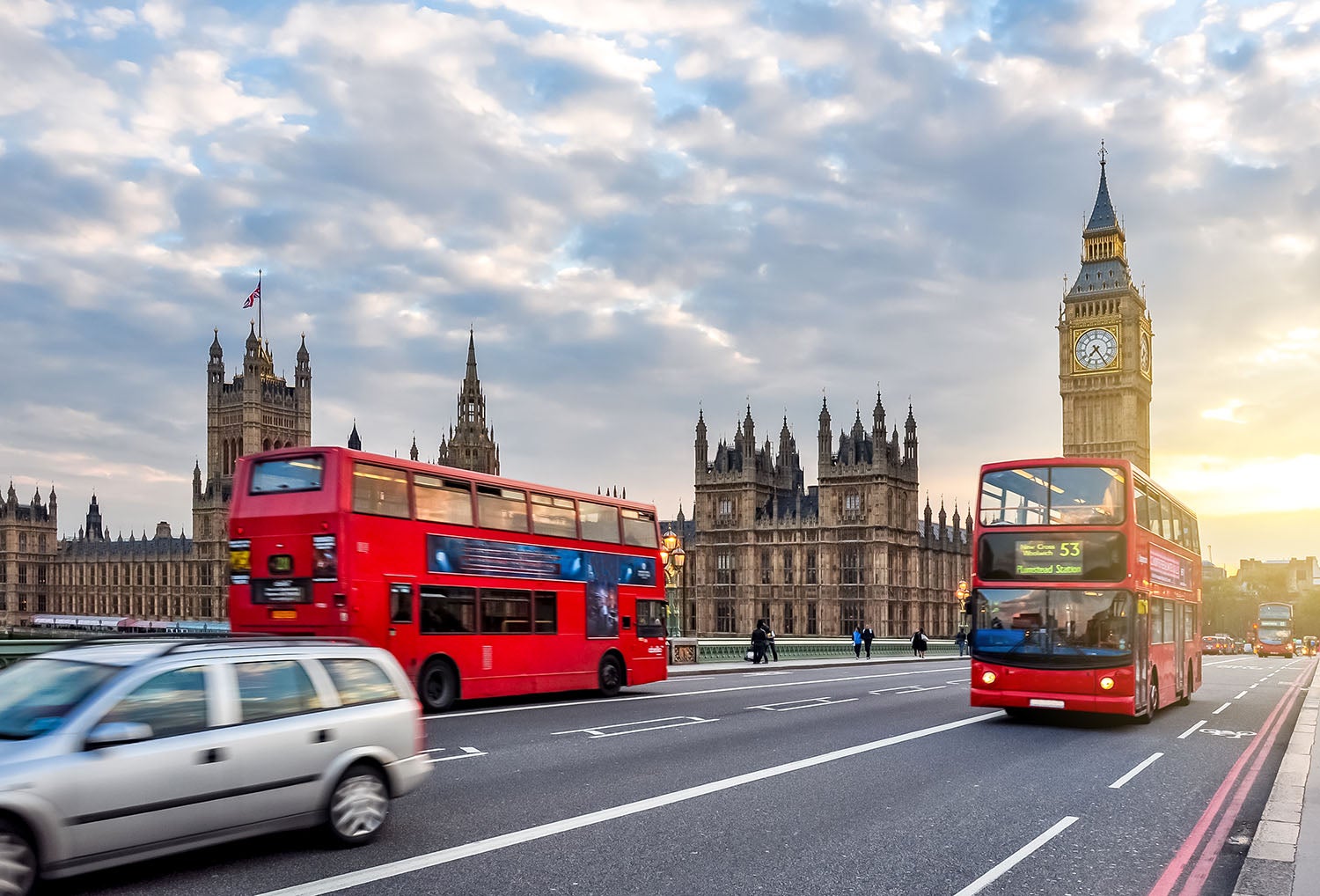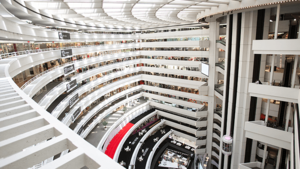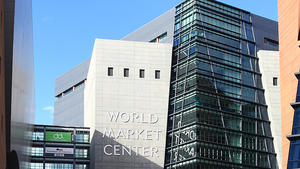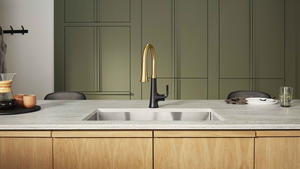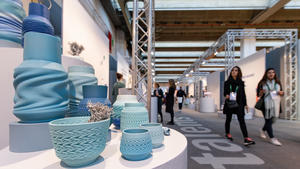Popping up across London this month will be a number of massive outdoor installations from designers, architects, technology companies, retailers and educators, as part of the London Design Festival, a nine-day celebration juxtaposing historic landmarks with cutting-edge art and design.
In 2018, nearly 600,000 visitors from 75 countries visited the festival, including an additional 600,000 passersby who happened upon works placed in public spaces like the Victoria and Albert Museum in Kensington. That museum also saw an additional 170,000 visits last year as a result of its 11-year partnership with the festival. What drives millions of people from all over the world to visit this design and cultural fair? Curiosity.
This year, London-based urban transformation collective PlaceLabs is inviting visitors to “Designing Places That Keep Curiosity Alive,” an event where experts will discuss what drives their design process and inspiration.
PlaceLabs—comprising local designers and brand strategists Rosanna Vitiello, Sam Oxley, Lisa Jones, Payal Wadhwa and Dan Moscrop—hosts quarterly events around London, acting as an open forum for speakers and attendees to share and debate perspectives on the past and future of design and urban spaces. Speakers present on the quarter’s chosen theme (previous examples include “Belonging” and “Trust”) in the context of social, cultural, physical and economic considerations, and then open up the discussion to the audience. “We thought ‘Curiosity’ would be fitting, as creative people have an innate curiosity and are drawn to places that inspire. It provokes a lot of questions that offer the basis of a rich discussion,” says Jones.
Speakers will include designer Jorge Mendez-Caceres of Jump Studios; Jenny Jones, founder of her namesake architecture studio; Hideki Yoshimoto, founder of technology and design studio Tangent; and Cat Le-Huy, a multihyphenate exploring the intersections of design and technology.
Yoshimoto, whose solo exhibition during the festival will take place on its Paddington Central Design Route, says the first question he always asks himself at the outset of a project is: “What unique, novel, impactful thing can we do? Whether it’s our own ideas or client projects, a designer without curiosity will not be able to produce anything to surprise or impress people.”
Jenny Jones agrees. “I’m not interested in repeating other people’s work or my own,” she says. “Every brief we encounter demands a different response. To me, curiosity is the evidence of a desire for innovation.”
To many, the concept of curiosity appears limitless, but do designers ever feel restricted in their desire to learn and explore within the confines of the contemporary design industry? Jenny Jones says the consumptive nature of the industry can make it challenging for curiosity to flourish. “Experimental and exploratory design, when approached with the mindset of constantly turning things out and taking new things on, is sometimes seen as adding cost and risk to the project,” she explains. To avoid that trap, her design decisions are driven by recognition that the process is as much about finding inspiration, generating ideas and solving problems as it is about creating concrete proposals and tangible results.
Radical technological innovations like AI and robotics open up a wider array of materials, techniques, and solutions for designers to play with. “I can use electronics or computer programming. My team can handle wood, resin—all sorts of materials,” says Yoshimoto. “We are not limited by the same materials and methods we were before.”
PlaceLabs itself was born out of a hunger for curiosity, according to Lisa Jones. “The events we were attending usually featured the same faces talking to the same audiences, with much of the framework being provided by the architecture world,” she explains. “As creatives and producers, we felt this didn’t reflect the diverse range of people we were meeting and inspired by. We wanted to create a space where you could hear from the left-field voices of the industry.” It’s about expansion and inclusion, adds Oxley: “We hope to encourage inventive thinking about cities and inspire future living environments through the eclectic group of professional creatives involved in shaping those places,” he says.
So, why is it so important for design professionals to keep asking questions? To put it simply, Yoshimoto says, “It’s our job to be curious.”
PlaceLabs’ “Designing Places That Keep Curiosity Alive” is a free, ticketed event for London Design Festival, held at the Storey Club in Paddington Central (4 Kingdom Street) on September 16 at 6:30 p.m. RSVP here.















